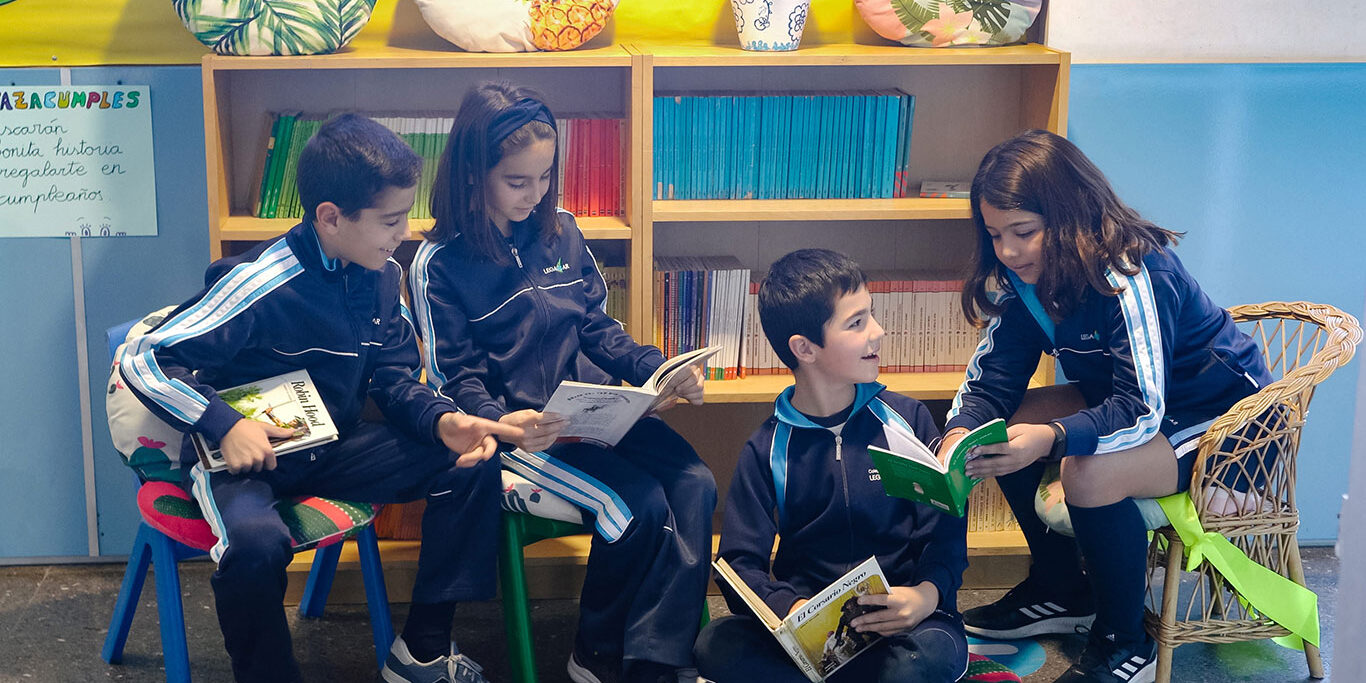During this academic year 2021/22, we have resumed the visits of trainees from the Cefopp center (Center of studies and training in psychomotor practice “Bernard Aucouturier”).
Four meetings have been held and in May we held the last working day. These visits are part of the training and collaboration project with this entity and, as on previous occasions, the day began in the morning in the psychomotricity room, with the aim of observing the action of the children and, above all, the “system of action and attitude of the Psychomotrician”. This observation was useful for the subsequent analysis and common reflection.
Together we were able to analyze the children’s actions and, from there, get to the deep meaning of what they are telling us about themselves through motor expression. The children showed us the control they have over their bodies by climbing the trellises; they taught us the importance of being recognized in their potential to continue advancing “look how far I’ve come!”, and they displayed their autonomy by organizing their identification games as a group: a restaurant with a terrace, a chef, a children’s area, etc.
In order to respond to children’s expressions and demands, the psychomotor therapist’s attitude and action system is important, i.e. his interactive observation, his listening, his tonic empathy, his availability, his posture, his proposals, his language, his movement, his mimicry, his gaze, his intervention, etc., all of which are symbols of law, security and playfulness.
Observing, analyzing and reflecting on the deep meaning of motor expressivity leads us to the necessary accompaniment of the students and the attitude of the psychomotor therapist becomes essential to respond to the expressions and demands of the children.

